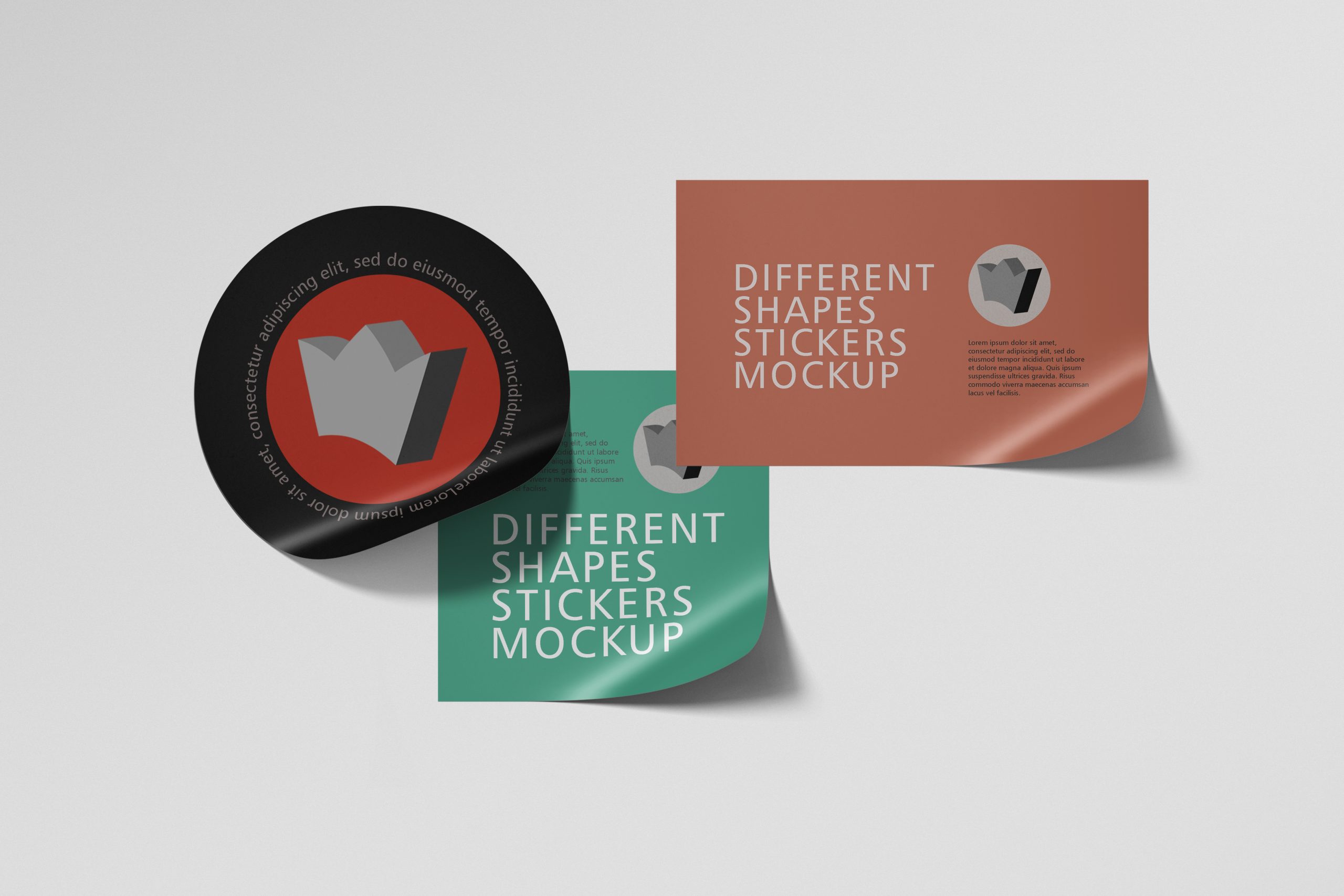Label material plays a crucial role in accurately reflecting a product’s identity, strengthening brand image, and maintaining durability throughout its use. Selecting a high-quality label material is important not only for aesthetics but also for the label’s lifespan, print quality, and resilience. Labels are used across all industries — from manufacturing to retail.
How Should Label Materials Be Chosen?
When choosing label materials, several key factors must be considered, such as where the label will be used, the surface of the product, the processes the labeled product will undergo, and the printing method.
For example, labels used on food products may need to be resistant to moisture and temperature changes, while those used on industrial machinery should withstand chemicals, oil, and high heat.
The adhesive used in labels is also highly important. Permanent adhesives ensure long-term adhesion, whereas removable adhesives are preferred for temporary labeling. The surface of the product — whether metal, plastic, or another material — directly affects the label’s performance.
How to Determine Label Size and Shape?
The size and shape of a label should be determined based on the dimensions and purpose of the product it will be applied to. A label should provide an aesthetically pleasing appearance while clearly conveying necessary information about the product. For small packages, minimal label sizes are preferred, while products with larger surfaces, such as machines, require easily readable labels.
Labels typically include information such as the product name, barcode, ingredients, production date, and logo. The readability of these details helps build trust in both the product and the brand.
Labels should not only be durable but also visually appealing. Some labels may be round, others square, or have custom shapes depending on design requirements.
Frequently Asked Questions
How does changing the label material affect print quality?
When the label material changes, print quality can also vary. Each material absorbs or reflects ink differently. For instance, printing on glossy plastic labels produces more vibrant colors, whereas matte paper labels yield softer tones.
What is the most durable label material for industrial products?
For industrial environments, the most durable label materials are typically PET or PVC-based. These materials are highly resistant to heat, chemicals, water, and abrasion, making them ideal for machinery, automotive, and chemical sectors.
Which label materials are used in thermal printing?
Thermal printing commonly uses thermal paper labels. These labels feature a heat-sensitive surface that allows printing without ink. However, since thermal labels are more vulnerable to external factors, they are suitable for short-term applications.
What should be considered when determining label size?
When deciding on label dimensions, factors such as the product’s size, labeling surface, information density, and readability must be considered. The label should present all information clearly and concisely, with adequate spacing to ensure the barcode can be scanned properly.
Choosing the Right Label with DGS Printing Technologies
Label selection directly affects both your brand’s visibility and your product’s perceived quality. Choosing the wrong material or size can harm your product’s professional appearance and lead to long-term cost inefficiencies. Therefore, working with a specialized label production company is essential.
DGS Printing Technologies provides tailored solutions for every industry, helping you determine the most suitable label material, size, and printing technique for your products.
If you’re looking for durable, aesthetic, and functional labels for your products, you can contact DGS Printing Technologies to find the best solution for your needs.






